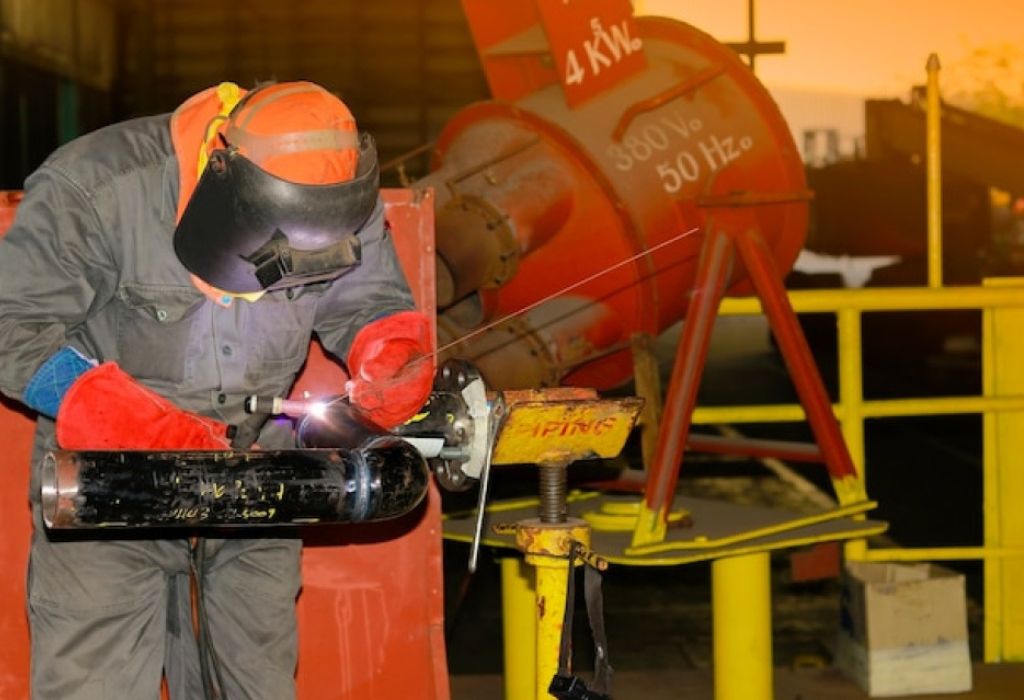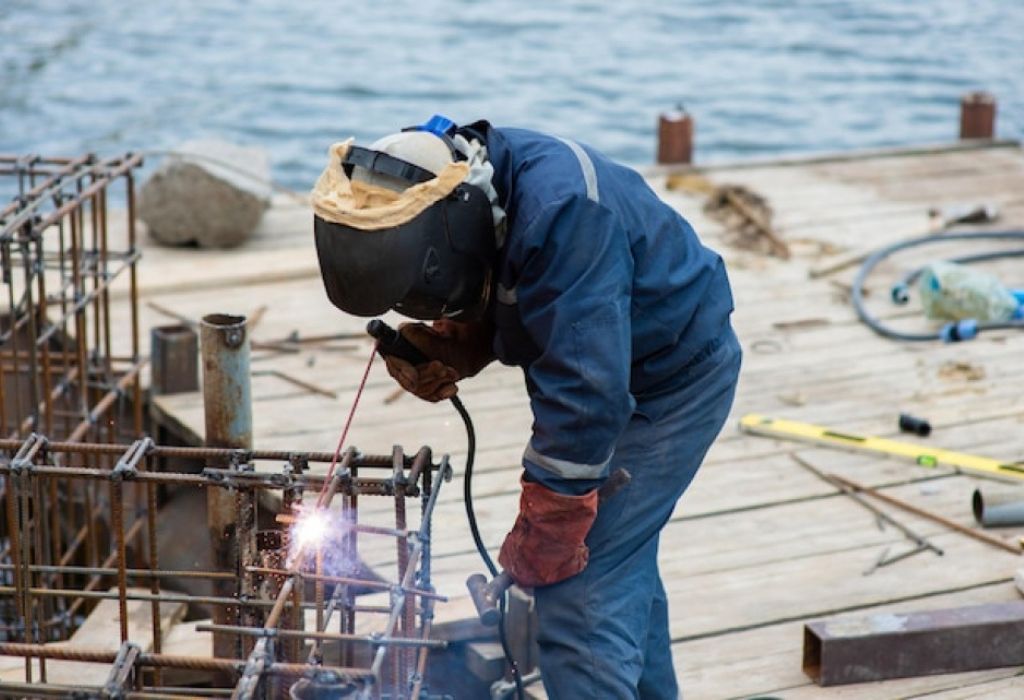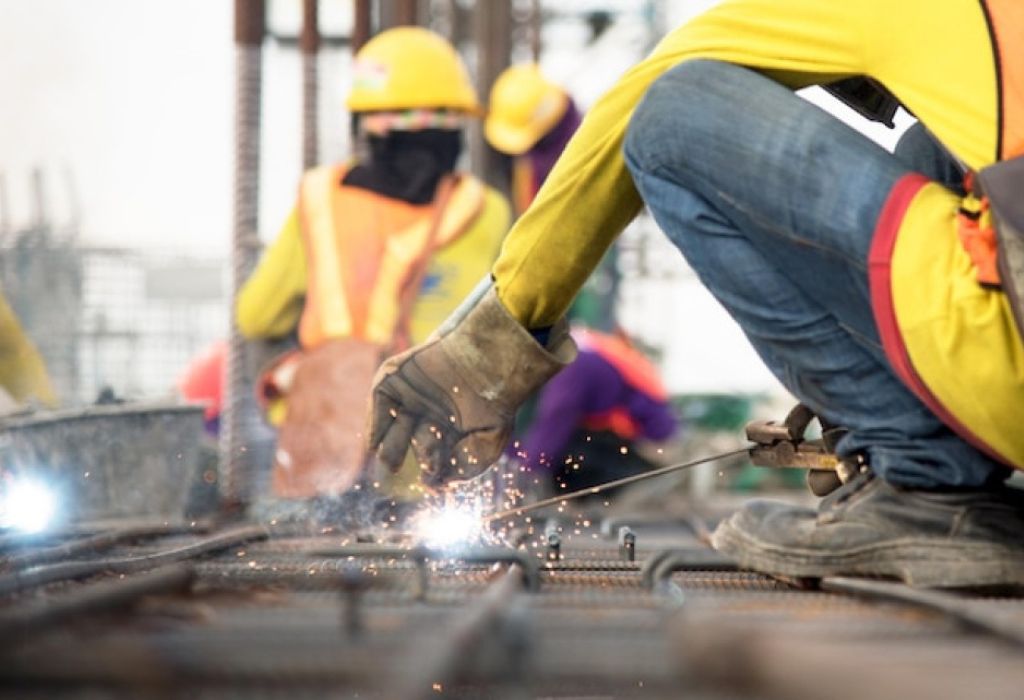The path to becoming a rig welder is both challenging and rewarding. Many beginners wonder how much time it truly takes before stepping onto a job site with full confidence.
The truth is that welding is one of the most in-demand trades in the U.S., with over 360,000 welding jobs expected to open by 2031 .
This demand makes the rig welding career especially attractive for those who enjoy hands-on work and high pay.
Yet, rig welding is not like general welding. It involves specialized certifications, advanced skill in pipe welding, and a readiness to work in tough environments such as oil fields and construction rigs.
Understanding how long it takes is key for anyone planning training, certifications, and career progression. This article explores the timeline, steps, and realistic expectations to help you prepare.
Quick Answer—Timelines at a Glance

Most welders can expect to spend 1–3 years before they are fully rig-ready. This includes school, certifications, and hands-on field experience.
The timeline may be shorter for those with prior welding knowledge or longer for those starting from zero.
Questions & Answers
How long is welding school?
Most programs take 6–12 months.
Do certifications extend the timeline?
Yes, they may add 3–6 months.
Is job-site experience required?
Absolutely, it usually takes 1–2 years to build.
Can skilled welders finish faster?
Yes, experienced welders may be ready within 12–18 months.
What’s the typical total?
Between 18 and 36 months.
What Makes Rig Welding Different?
Rig welders are often referred to as the “elite” of the trade. Unlike shop welders, they travel with their own rig trucks, tools, and are hired for specialized high-stakes projects.
The responsibility is higher because rigs involve pipelines, oil structures, or heavy-duty steel frameworks where safety and precision are critical.
Questions & Answers
Is rig welding harder than regular welding?
Yes, it requires advanced skills and certifications.
Do rig welders need their own equipment?
Yes, most bring their own trucks and gear.
Why is rig welding pay higher?
Because the work is high-risk and highly specialized.
Can beginners go straight to rig welding?
No, entry-level welders usually need years of experience first.
What’s the main difference?
Rig welding combines advanced skills with independent contracting.
Step 1: Welding Education
Training usually begins at a trade school or community college. Programs last 6 months to 2 years depending on depth and specialization.
Courses cover MIG, TIG, Stick, and pipe welding—skills required for rig-level jobs.
Questions & Answers
Do all welders need school?
Most do, though some learn through apprenticeships.
How much does welding school cost?
Typically $5,000–$15,000 depending on location.
Can you learn rig welding online?
No, hands-on practice is essential.
What’s the fastest program?
Some schools offer 6-month intensive certifications.
Do schools guarantee jobs?
No, but many have strong job placement support.
Step 2: Certifications

Rig welding requires specialized certifications beyond basic training. The most critical is the 6G pipe welding test, considered one of the toughest in the industry.
Certifications show employers you can handle real-world pressure and precision.
Questions & Answers
What is the 6G test?
A pipe weld at a fixed 45° angle, testing full skill range.
Who provides certifications?
Organizations like AWS (American Welding Society) and NCCER.
Do certifications expire?
Yes, most require renewal every 6 months to 1 year.
How long does certification take?
3–6 months of focused prep.
Can you work without certification?
Rarely, especially in rig welding.
Step 3: Field Experience
Classroom knowledge alone doesn’t prepare you for rig work. Most welders spend at least 1–2 years gaining field experience under supervision.
This stage teaches how to adapt skills in unpredictable job-site conditions.
Questions & Answers
Where do beginners get experience?
Entry-level shop or construction welding jobs.
How do you move to rigs?
Build a reputation, then apply for contractor positions.
Does location matter?
Yes, states with oil fields (Texas, Oklahoma) offer faster entry.
Can apprenticeships count?
Yes, but you still need independent field work.
Why is field experience vital?
Because rig jobs involve safety-critical structures.
Step 4: Building a Rig Truck
Rig welders are usually independent contractors. To work on oil fields or construction sites, many invest in a rig truck with welding machines and tools.
This investment can cost $10,000–$30,000 but allows welders to earn higher daily rates.
Questions & Answers
Do all rig welders need a truck?
Yes, most jobs require personal rigs.
What tools are needed?
Welders, grinders, torches, and safety gear.
How long to set up a rig?
Several months depending on budget.
Can you lease equipment?
Yes, but ownership offers higher profits.
Is this mandatory for all?
Yes, if you want full rig welder status.
Career Timeline—Year by Year
Year 1
Complete welding school and basic certifications. Begin applying for shop jobs.
Year 2
Gain field experience, prep for 6G certification, and save for equipment.
Year 3
Purchase rig truck, achieve advanced certification, and start applying for rig jobs.
Questions & Answers
Can you finish faster?
Yes, if you already have welding experience.
What if you move slowly?
It may take 4–5 years instead.
Do employers hire early?
Sometimes, but full rig roles require proven skill.
Is the path flexible?
Yes, but certification and experience are non-negotiable.
How long to become independent?
Usually 2–3 years.
Salary Outlook

Rig welders are among the highest-paid welders. Salaries range from $60,000 to $120,000+ annually, depending on location and demand.
Daily rates can be $300–$1,000 for experienced contractors.
Questions & Answers
Do rig welders earn more than shop welders?
Yes, often double or triple the rate.
What’s the average salary in Texas?
Around $80,000 annually.
Can beginners earn this much?
Not immediately, it takes experience.
Do certifications increase pay?
Yes, specialized certifications mean higher rates.
What’s the highest potential?
Over $150,000 in oil fields or overseas.
Challenges to Expect
Rig welding is not for everyone. The job is physically demanding, often outdoors, and requires long hours.
Safety risks, travel, and self-employment challenges are part of the reality.
Questions & Answers
Is rig welding dangerous?
Yes, due to heights, sparks, and heavy equipment.
Do rig welders travel often?
Yes, many move job-to-job.
Is it physically tough?
Yes, it demands strength and endurance.
Can welders burn out?
Yes, long hours can cause fatigue.
What keeps welders going?
High pay and career pride.
Conclusion
So, how long does it take to become a rig welder? On average, 1–3 years including training, certifications, and field experience.
While the path is demanding, the payoff is worth it for those ready to invest time, skill, and dedication. Rig welding offers financial freedom, independence, and long-term job security.
If you are serious, start today with a clear plan—because every month you delay is another month away from rig-level paychecks.

I’m Darrell Julian, the founder, lead writer, and hands-on welding enthusiast behind ArcWeldingPro.com. With more than 15 years of real-world welding experience, I created this platform to share what I’ve learned in the field, in the shop, and in the heat of the arc.


